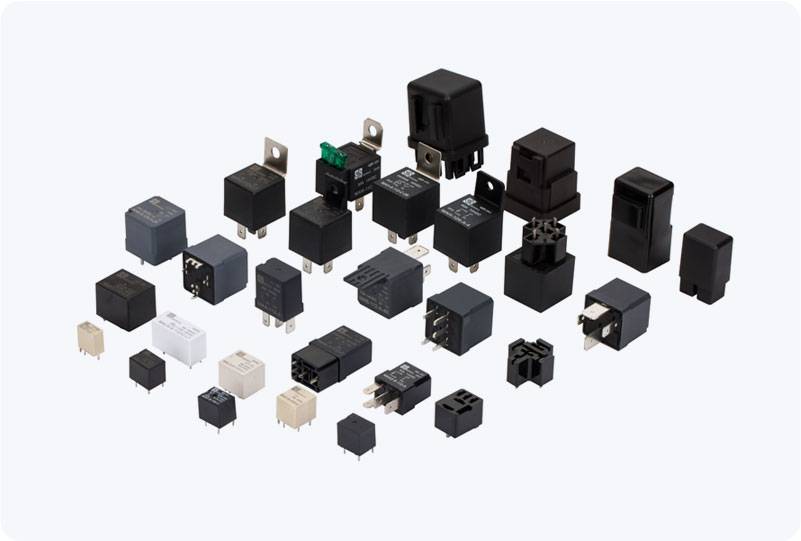Overload relays play a vital role in the protection and longevity of electrical motors. These devices are designed to prevent motors from sustaining damage due to excessive current flow, which could otherwise result in overheating, mechanical failure, or even catastrophic breakdowns. The application of an overload relay is an essential safety measure, particularly in industrial and commercial settings where motors drive critical machinery and equipment.

What is an Overload Relay? An overload relay is an electrical protection device used to detect and interrupt current flow when the current exceeds a preset limit, which is indicative of a motor operating under overload conditions. Typically, overload relays are used in conjunction with contactors and circuit breakers to ensure the motor remains protected from damage. The core function of this device is to disconnect the motor circuit when the current drawn by the motor exceeds a certain threshold, thus avoiding potential thermal damage and preserving the motor’s integrity. How Does an Overload Relay Work?